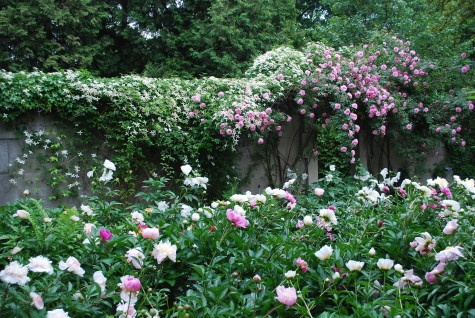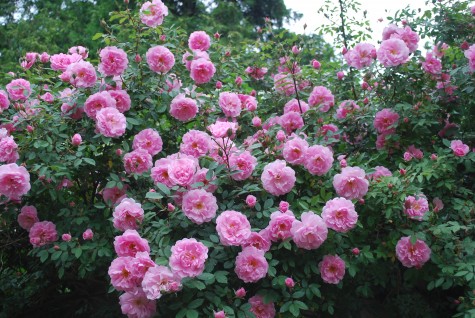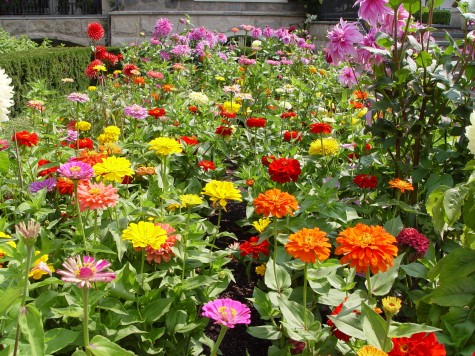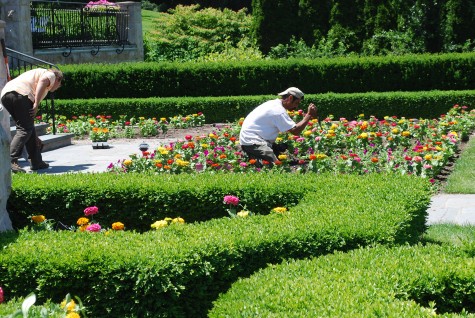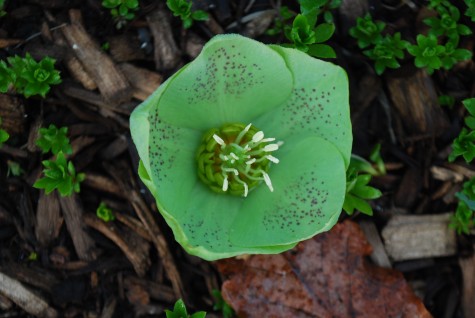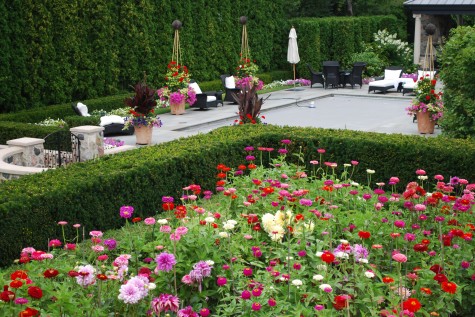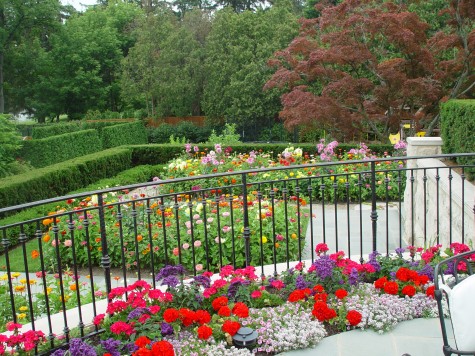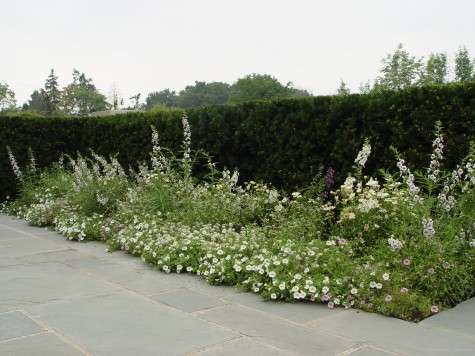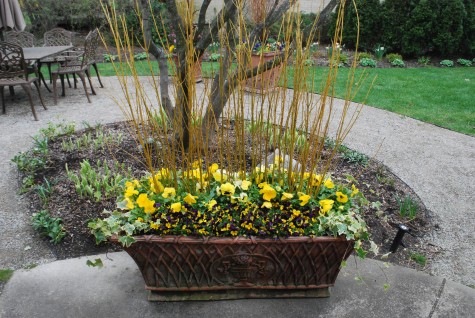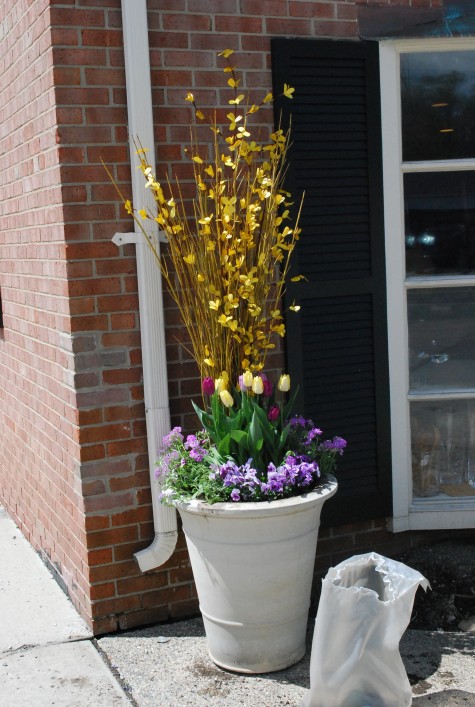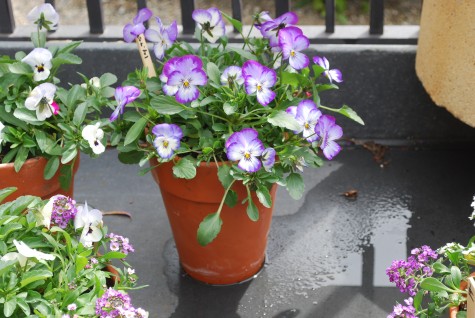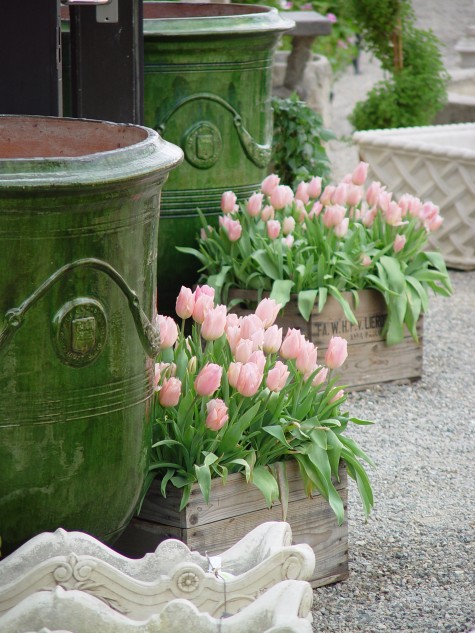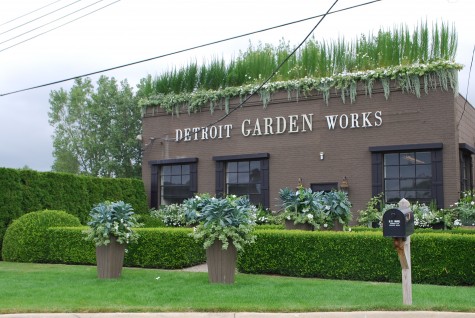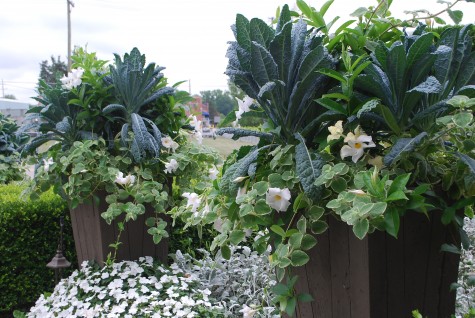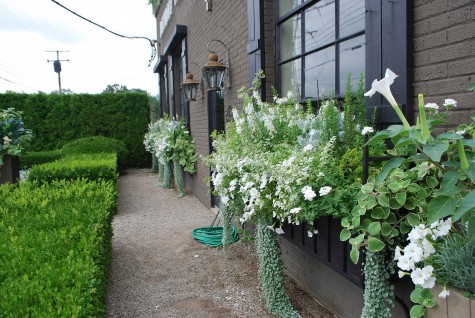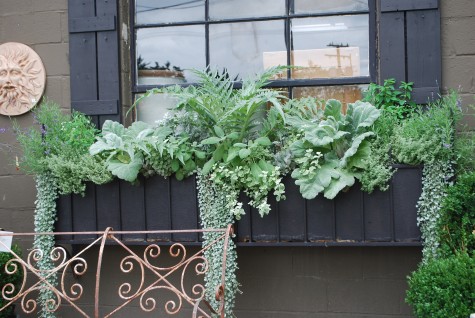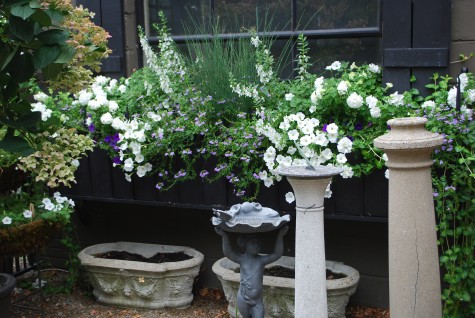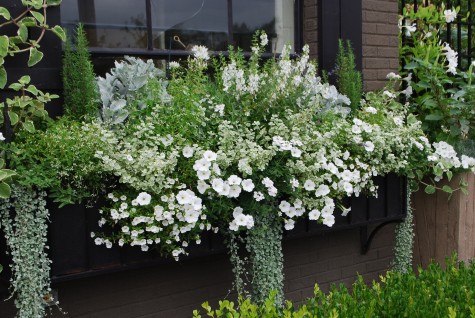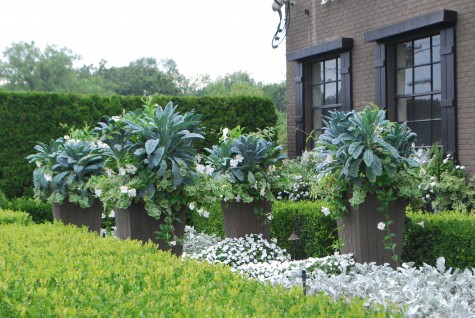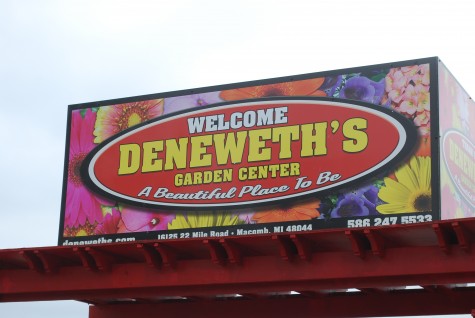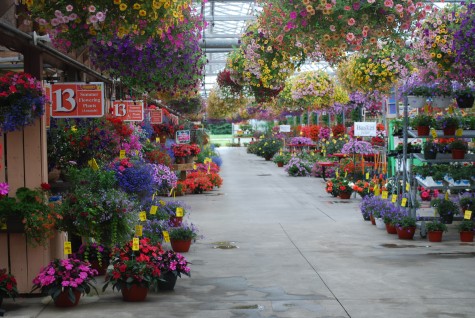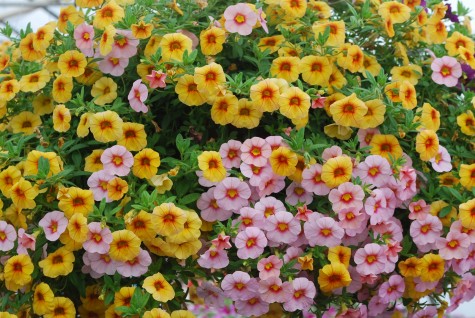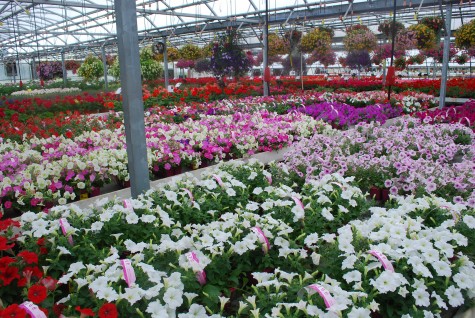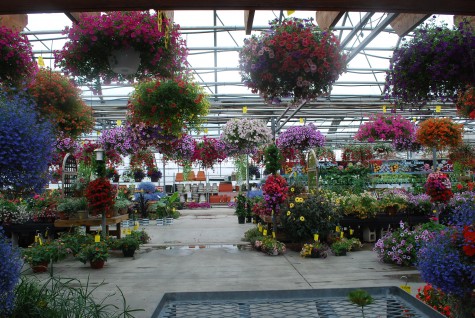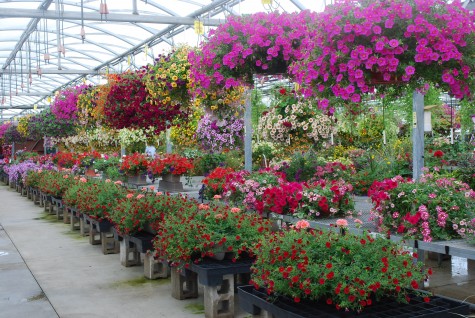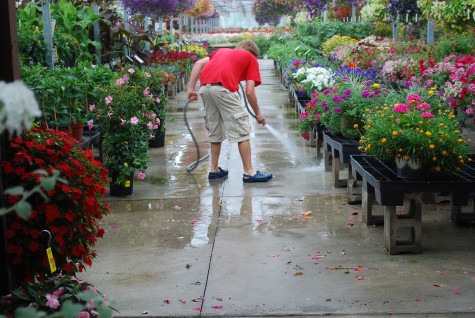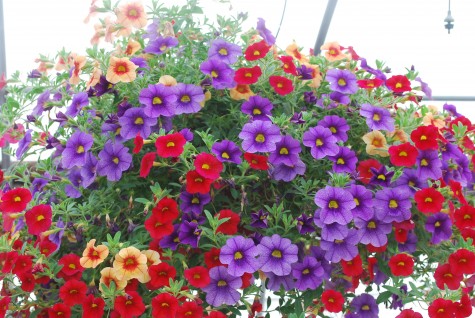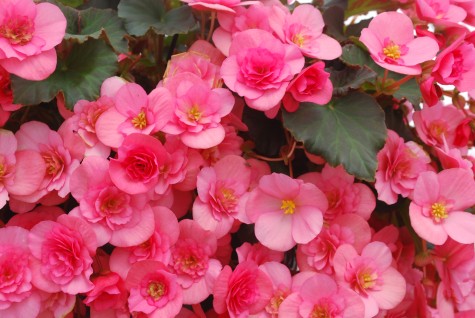I have two diverse groups of flowering plants that get my attention. There are perennial flowering plants, and seasonal plants. The perennial plants stay with me year after year-given the best of all possible worlds. In reality, perennial plants have short bloom times, need lots of work dividing and deadheading, they get diseases, they fade away-but we still call them perennials. A perennial only promises one thing-they may be so kind as to overwinter in some form or another. Perennial are by no means maintenance free, much less absolutely and undeniably perennial. In my opinion, perennial is a noun I would never use to describe garden plants. That which I least expect to thrive, thrives. Things die, routinely, every day, unexpectedly. The minute I congratulate myself on the perfect plant for a specific spot-all hell breaks loose. I have been proven wrong so many times-it is not funny.
In my opinion, only a very few perennials are really rugged enough to thrive over a period of years. At the top of my list-peonies. Properly sited and planted, they could easily live a century or better. Next up- asparagus; I regularly see vacant land with rows of asparagus intact. I can imagine the house and farm, given the truly perennial expression of the asparagus. What comes next? I suppose I could put hemerocallis on this list-though they require division every 7 years or so. Hellebores live from year to year without much attention; I have never divided, deadheaded, or treated them for illness. Wild flowers thrive on a lack of attention-provided that they are perfectly sited. All of the perennial plants that come after this-save the groundcovers-pachysandra, vinca, and baltic ivy-fairly persistent, and fairly demanding.
Other perennials are quite up front about what they demand. Bear in mind, any plant that clearly exhibits a need for tending-times that tending by 3. Roses top the list-a well grown collection in my zone is a feat. Bearded iris-so beautiful and so labor intensive. Delphiniums-multiply the bearded iris factor by 3. I have little need to go on about those perennial plants whose need for attention is perennial-I am sure you have met them. A good bit of the trouble has to do with less than optimal soil and water, less than ideal watering, and less than perfect attention. Were I to retire, the first thing I would do is plant perennial gardens, and live in them all summer long.
The seasonal plants-they make no bones about their ephemeral nature. They open the season reluctantly-they like warm soil. When the season closes, they perish. They grow fast, try their best to set seed, shine for months on end-and vanish with the first hard frost. There are those gardeners that dig and store their dahlias and cannas. There are those that move their marginal plants into their garage for the winter, and park their cars outside. Anyone who takes gardening seriously has their obsessed habits-this extends to trying to keep plants alive from year to year that hate the cold.
I am an advocate of planting seasonal flowers, as I think they return to me in kind. They willingly bloom for months. This means their bloom time is not 10 days or two weeks-it is months. That I have to plant them every year-I willingly make that concession. Every day of my short summer season-I like a party going on. That I have to replant every year-fine. This means I have the chance to ditch my failures, and design anew. I like the design part of gardening every bit as much as the physical work of it.
No tropical flower makes my heart pound like the flowers of plants native and perennial plants hardy in my zone. I am greatly enamoured of flowers that have that modest and strikingly natural beauty that I might characterize as residents of my home garden. My natural environment has a beauty that no tropical plant could ever surpass. What might be better than a green flowered hellebore? But there are very few flowers I would turn away. A top 10 list leaves too many interesting possibilities out. Given my very small yard, it is a relief that some plants do not persist.
This said, annual and tropical plants in the ground for the summer season-I love them. The color-I would not do without it. Annual plants in the ground-be prepared for lots of expense, and even more work. But most plants have a very strong will to live, and flower, provided they have the right encouragement to do so.
Most plants require a soil that drains readily. Tropical plants enjoy a soil engorged with all the best that great compost can deliver. They like that great draining and astonishingly fertile soil to be warm. Land in my zone tends to be very heavy clay soil with poor drainage. The soil warms slowly in the spring. My advice-plant in early June. Anywhere you intend to plant seasonal plants in ground-work the soil. Provide for air. Poufy, well draining soil-your seasonal plants will thrive in this. Plant for spring, so you don’t plant for summer too early. If you water with automatic irrigation, choose your plant species carefully. Impatiens handles overhead and over generous watering fairly well. Zinnias have no use for it-once established, I water them well at the ground level, and let them go dry before I water again.
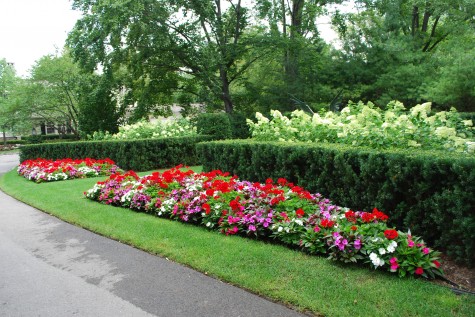
Above all, experiment. How improbable is it that zonal geraniums would thrive along side New Guinea impatiens, in full sun, with overhead irrigation? You will never know what works unless you you try. Planting 4″ pots of annuals may give you a headstart, but lots of annuals are easy to grow from seed. If the expense of planting flowers that only live one season is not an investment you wish to make, there is the option of learning how to grow.
In ground spaces too small for a perennial collection are perfect for a mixed annual garden. All summer long there will be a reason to visit and enjoy.

